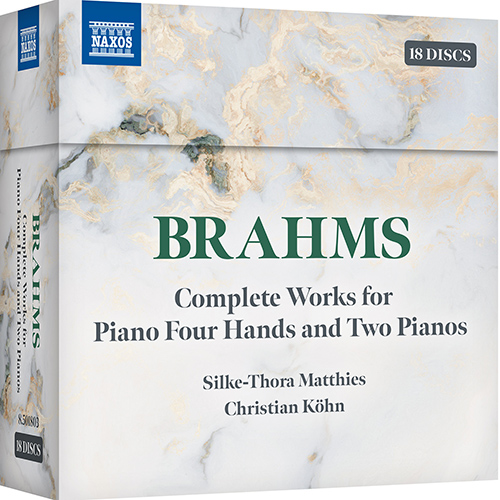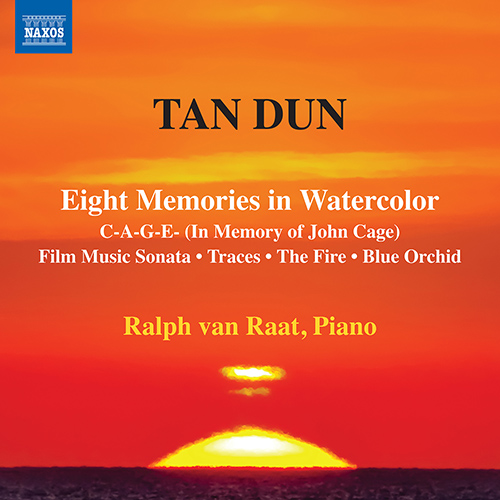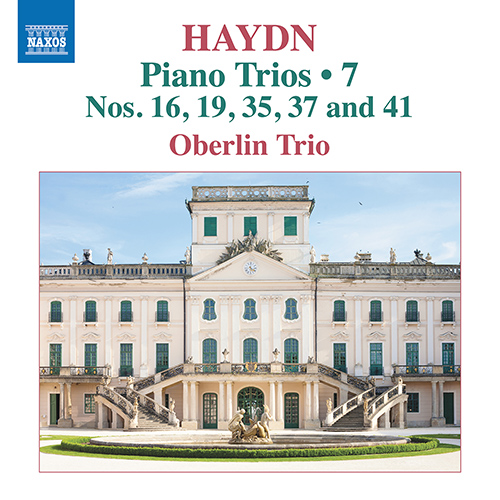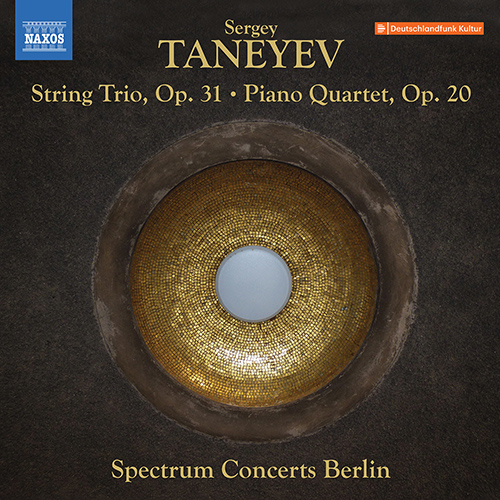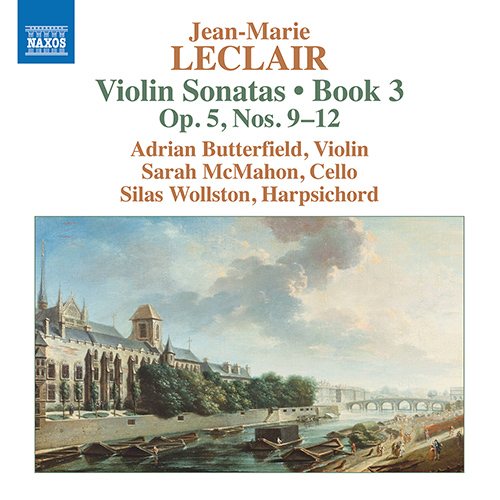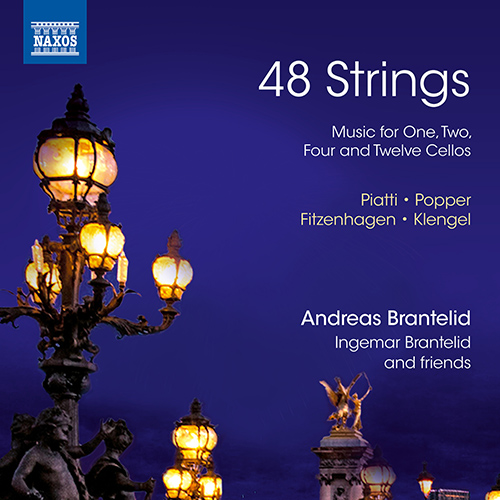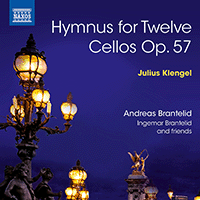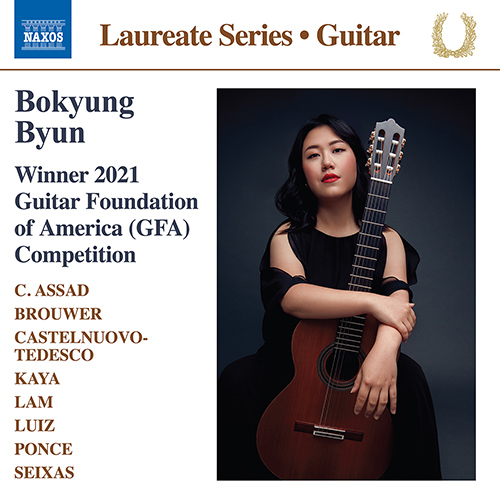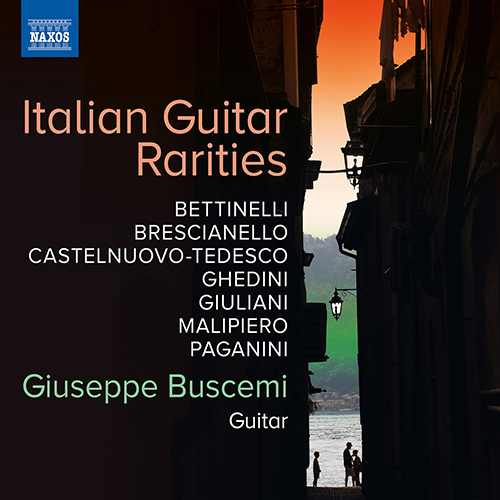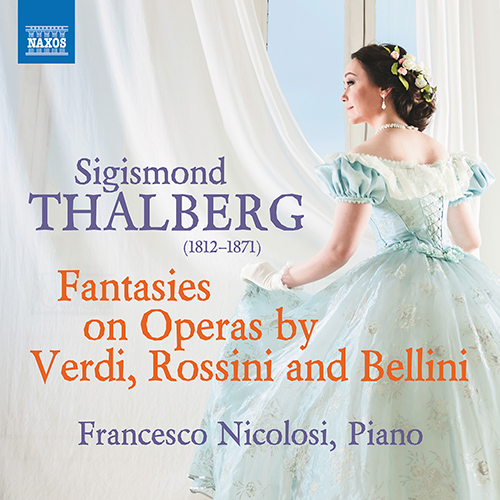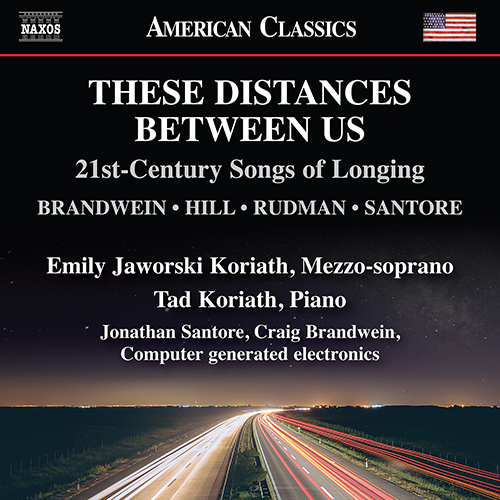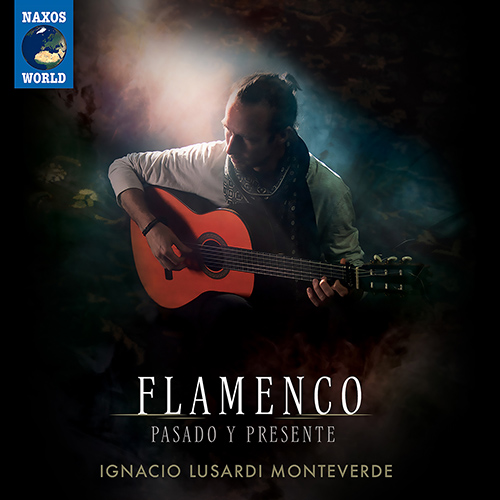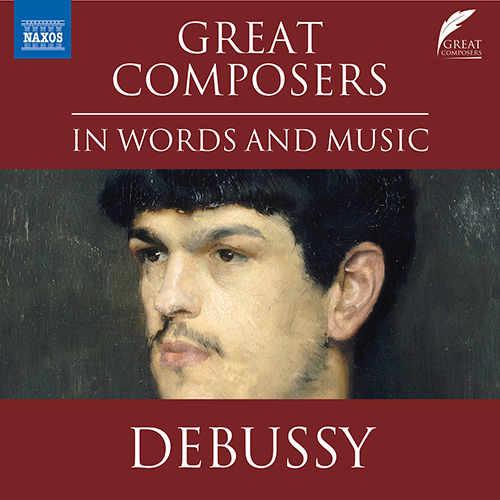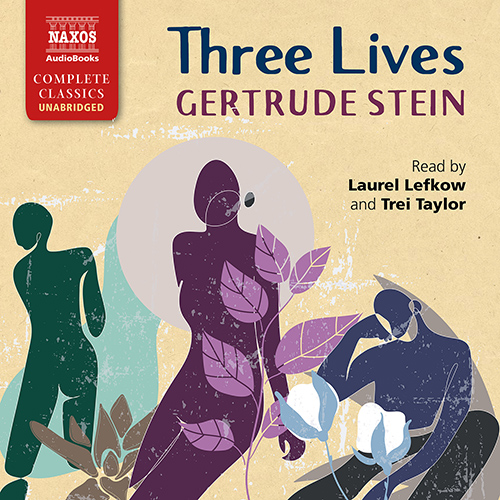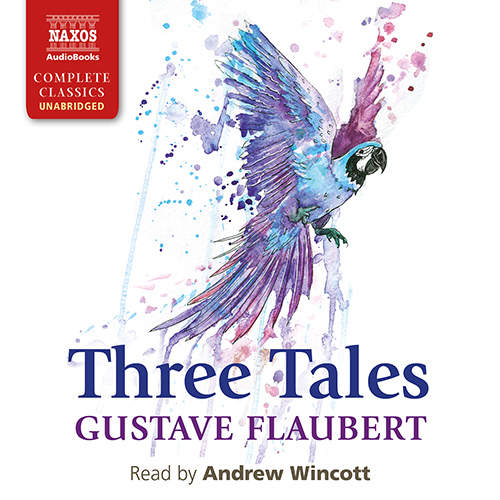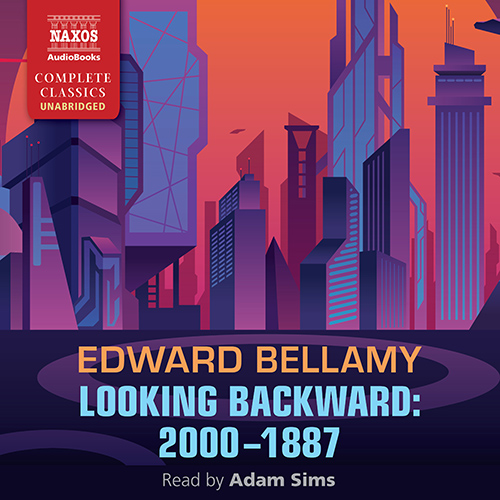The June NEW ON NAXOS spotlights Boris Lyatoshynsky’s Complete Symphonies in a special 3-disc boxed set, performed by the Ukranian State Symphony Orchestra under Theodore Kuchar. Other highlights include Puccini’s La Bohème from Norwegian National Opera, Johannes Brahms’ complete works for piano four-hands and piano duet in an enormous 18-disc boxed set, and many more.
![]() Watch our monthly New on Naxos video to sample the highlighted releases of the month.
Watch our monthly New on Naxos video to sample the highlighted releases of the month.
Boris Lyatoshynsky was a leading member of the Ukrainian cultural renaissance in the 20th century and his five symphonies remain the most important cycle in his country’s musical history. Although the Romantic and lyrical First Symphony evokes the traditions of Borodin, Glière and Tchaikovsky, Lyatoshynsky soon moved away from Russian models, drawing together Ukrainian folk songs and melodies with contemporary harmonic and formal approaches. His symphonic orchestration was inventive, his themes memorable. The Third Symphony is his most moving and famous, and originally bore the epigraph ‘Peace will defeat war’. Also included is his emotionally charged symphonic ballad Grazhyna.
As part of our ongoing initiative to support Ukrainian music and musicians, two euros of each box sold of this title will be donated to Ukranian musicians in need of assistance.
INCLUDES WORLD PREMIERE RECORDINGS
This release couples Gian Francesco Malipiero’s two contrasting violin concertos with the world premiere recording of his kaleidoscopic orchestral work Per una favola cavalleresca, evoking legendary scenes of love, tournaments, battles, moonbeams and heroes. Malipiero’s First Violin Concerto is one of his most beautiful and joyful works, a remarkable achievement for a composer who is said to have played the violin badly in his youth. His Second Violin Concerto, written 30 years later, sounds astonishingly different on a first hearing, but reveals itself to be inspired by the same lyrical impulse as the earlier concerto.
INCLUDES WORLD PREMIERE RECORDINGS
Fernando Lopes-Graça was one of Portugal’s greatest composers of the 20th century, whose artistic credo was the binding together of the folk music of his native country with modern techniques to create an alternative and original national identity. With its constantly shifting tonal context the Divertimento perfectly captures Lopes-Graça’s inimitable style, which is further enriched in the concisely constructed Sinfonieta by his admiration for Haydn. The moving, even tragic Cinco Velhos Romances Portugueses are based on traditional ballads while the challenging Quatro Invenções, in the composer’s words, explore ‘essentially atonal dramatic expressionism’.
Allied to his melodic gifts, early experiences as a sound and balance engineer equipped Trevor Duncan with a profound understanding of instrumental colour. During the 1950s he composed music that became instantly recognisable in the light music tradition. The Girl from Corsica was heard almost daily on British radio and the theme tune for the BBC TV series Dr Finlay’s Casebook remains one of his most celebrated works (it’s part of A Little Suite, heard here in full). Duncan was an inspiration for other composers, and was capable of sensuous romance, breezy scene setting, delicate tone poems and irresistible glamour.
Set in the artistic but impoverished milieu of early 19th-century Paris, the tragic love of the poet Rodolfo and seamstress Mimì is one of the most affecting in all opera. La Bohème’s arias are also some of the most intensely passionate Puccini ever wrote, making it is one of the best-loved of all his works. In what Opera News called a ‘thorough rethinking and brilliant re-creation’ this exceptional Oslo production, strongly cast and conducted, and staged by internationally acclaimed director Stefan Herheim, explores the work as never before to create what The New York Times called an ‘ultimately haunting’ experience.
Gioachino Rossini was only 20 when he was commissioned to compose La scala di seta. It is one of four farsa comica operas which fed popular demand for this genre in Venice in the early 19th century and was wildly successful with its original audiences. Assisted by the silken ladder of the title, the diverting romantic intrigues of the narrative revolve around secretive assignations and obtuse misunderstandings, by no means helped by the presence of the slow-witted manservant Germano, in one of Rossini’s most successful comedies.
INCLUDES WORLD PREMIERE RECORDINGS
To make his works more accessible to the general public, Johannes Brahms produced a raft of arrangements for piano four hands and two pianos. These included his symphonic and orchestral music, as well as both the piano concertos, chamber works, A German Requiem and original pieces such as the Hungarian Dances and the Sonata for Two Pianos. This collection brings together for the first time the acclaimed recordings by Silke-Thora Matthies and Christian Köhn, much praised for their ‘breathtakingly fine-tuned ensemble work’ (ClassicsToday.com). All of Brahms’ arrangements of his own works are included as well as his versions of compositions by Franz Schubert, Robert Schumann and Joseph Joachim.
INCLUDES WORLD PREMIERE RECORDINGS
Tan Dun’s originality has been reflected in worldwide recognition of his music, which draws on both Chinese and Western musical languages. The Eight Memories in Watercolor are deft painterly reflections, while in Traces he balances sound with silence in this evocation of nature. The vibrant drama of Blue Orchid incorporates the opening motif of Beethoven’s Diabelli Variations. In Film Music Sonata, which here receives its first recording on general release, Tan Dun draws on his score for the film The Banquet. The kaleidoscopic C-A-G-E-, strikingly Chinese in sound, is a tribute to his teacher and spiritual compass, John Cage. The Fire, written for Ralph van Raat, contains some of Tan Dun’s most virtuosic and dramatic piano writing.
Much of Joseph Haydn’s musical life was spent in service at the palace of Eszterháza on the Hungarian plains, a complex of buildings to rival Versailles in magnificence. Haydn’s reputation abroad was, however, already considerable by 1790, and he was invited to travel to London where the delightfully lively and at times brilliantly virtuosic trios Hob. XV:16 and 19 were published. Further trios from the 1760s express music of sheer joy, all performed here by the acclaimed Oberlin Trio.
Taneyev was a pupil of Tchaikovsky and a teacher of Rachmaninov and Scriabin. During his lifetime his chamber music was widely considered on a par with that of the great Viennese masters. The String Trio in E flat major, originally scored for violin, viola and the rarely-heard tenor viola, is a mature work with echoes of Mozart and Beethoven. The Piano Quartet in E major is a large-scale, passionate work, sonorous and melodic, with a transfiguring beauty. It has always retained an honoured place in the Russian chamber repertoire.
Jean-Marie Leclair was a master of fusing Italian and French idioms, conjoining the lyricism of the former with the dance momentum of the latter. Nowhere is this better exemplified than in his third book of violin sonatas. The sonatas in this album embody rich melodic beauty, drone and rustic elements – most vividly in the Tambourin of the C major sonata in which a hurdy-gurdy is employed – and demand tour de force virtuosity such as in the joyous Ciaccona of the G major sonata. Described by Gramophone as ‘technically and musically a marvel’ (Naxos 8.572866), Adrian Butterfield completes his acclaimed traversal of Leclair’s Violin Sonatas Books Nos. 1–3.
The four cellist-composers in this recital share a common background: from musical families they played as soloists in outstanding orchestras, taught many students, and wrote music for the instrument that continues to challenge players of our own time with its virtuosity and intensity. In his 12 Caprices, Alfredo Piatti fused dazzling technical demands with operatic drama, whilst David Popper’s Suite remains an admired piece for two cellists. Wilhelm Fitzenhagen’s Concert Waltzes for four cellos makes prolonged use of the upper register, and in contrast Julius Klengel’s Hymnus is a sonorously beautiful elegy for twelve cellists.
Bokyung Byun, winner of the 2021 Guitar Foundation of America (GFA) Competition and one of the most formidable classical guitarists of the younger generation, presents here a wide variety of music from diverse nationalities and eras. From 18th-century Classicism and 20th-century works inspired by the mastery of Andrés Segovia, to the eclectic works of today, Byun takes us through many moods and cultural styles in a dazzling display of virtuosity, bravura and immense sensitivity.
INCLUDES WORLD PREMIERE RECORDINGS
This programme represents a harvest of rare Italian gems from Baroque to contemporary masters for an instrument that has been of great significance to Italian culture for centuries. Exploration of the guitar’s expressiveness ranges from the lyrical amiability of Brescianello’s Partita No. 7 to Paganini’s delightful miniatures, and the improvisational austerity of Bettinelli’s Cinque preludi. Virtuosity can be found in Malipiero’s only guitar work, the dramatic Preludio, and Giuliani’s extraordinary Rossiniana. CastelnuovoTedesco’s meditative Aranci in fiore, was written in gratitude for the gift of a basket of oranges.
A student of Hummel, Sigismond Thalberg was one of the great virtuoso pianist-composers of the 19th century, who enjoyed a celebrated rivalry with Liszt that was largely fomented by the press. Thalberg’s influence on fellow pianists was enormous and his operatic paraphrases and fantasies, designed for his own use in concert performances, proved exceptionally popular. Even Liszt himself performed several of them. Berlioz praised Thalberg as the creator of ‘a new art’ and the thrilling examples here, taking the best-known themes from great Italian operas, reveal bravura embellishments and ingenious elaborations.
WORLD PREMIERE RECORDINGS
The four American composers on this album have all won recognition for their diverse approaches to contemporary art song. Both Emmy-nominated Craig Brandwein, in his beautiful Three Rilke Songs and Jonathan Santore in Two Letters of Sulpicia use computer generated electronics to enhance the vocal line, while Edie Hill’s setting of poems by Amy Lowell exemplifies why her music has been described as ‘full of mystery’ (Stereophile). The common thread running throughout Jessica Rudman’s works is expressivity, and These Distances Between Us charts a cycle that recognizes the precarious nature of personal connections.
This latest album by Ignacio Lusardi Monteverde unearths the historical influences and musical interactions of various cultures, and their effects on the numerous toques heard in flamenco today. Within his own avant-garde compositions, inspired by his travels around the Andalusian provinces, India and the Middle-East, Ignacio embraces the original modes, melodic phrases, specific tempos and rhythms that have been developed and passed down over the centuries.
Great Composers in Words and Music is a new series that consists of mini-biographies that are read by acclaimed actors and narrators and illustrated with musical excerpts. The biographies are full of fascinating detail and anecdote, and have been written in a highly approachable style by Davinia Caddy.
Claude Debussy is regarded by many as the quintessential French composer, with music that invited both warm applause and frosty criticism in his day. While our ears no longer hear him as controversial, his works heralded the dawn of an artistic period founded on innovation and experiment, and a desire to break with the past in search of new expressive means. With never a dull moment, Debussy went from being a musical misfit at the Paris Conservatoire to bohemian life amongst the Symbolist poets with involvement in some scandalous love affairs. The transformative effect of pieces such as the Prélude à l’après-midi d’un faune eventually saw him awarded the Chevalier of the Légion d’Honneur in 1903. The narrative is illustrated with musical excerpts from Children’s Corner, String Quartet in G minor, Images, Nocturnes and Pelléas et Mélisande, among many others.
The award-winning Naxos AudioBooks label offers a wide range of abridged and unabridged digital recordings of the world’s greatest literature. There are Junior Classics, and numerous non-fiction titles with focus to history, religion and philosophy. The label also offers a plethora of classic and contemporary plays on record—from Shakespeare to Beckett.

![LYATOSHYNSKY, B.: Complete Symphonies [3 Discs] LYATOSHYNSKY, B.: Complete Symphonies [3 Discs]](../../../sharedfiles/images/cds/hires/8.503303.jpg)
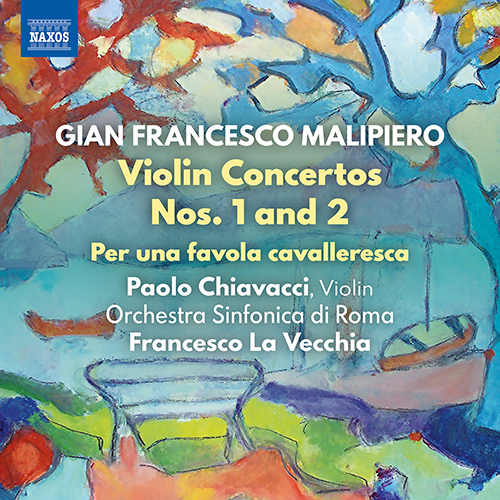
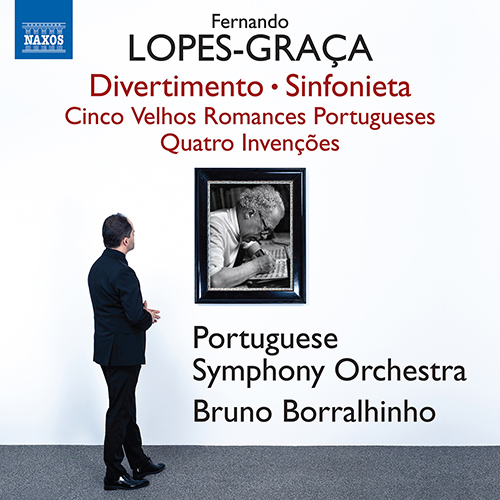

![PUCCINI, G.: La Bohème [DVD] (Norwegian National Opera, 2012) PUCCINI, G.: La Bohème [DVD] (Norwegian National Opera, 2012)](../../../sharedfiles/images/cds/hires/2.110728.jpg)
![ROSSINI, G.: La scala di seta [Opera] (Rossini in Wildbad, 2021) ROSSINI, G.: La scala di seta [Opera] (Rossini in Wildbad, 2021)](../../../sharedfiles/images/cds/hires/8.660512-13.jpg)
